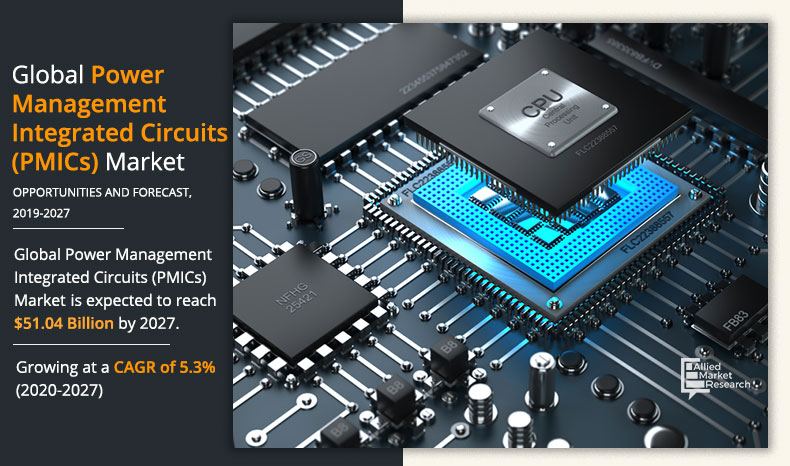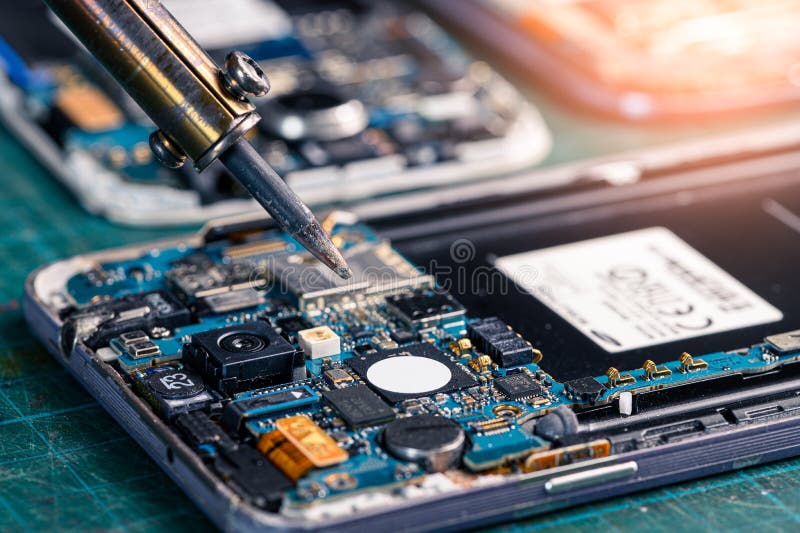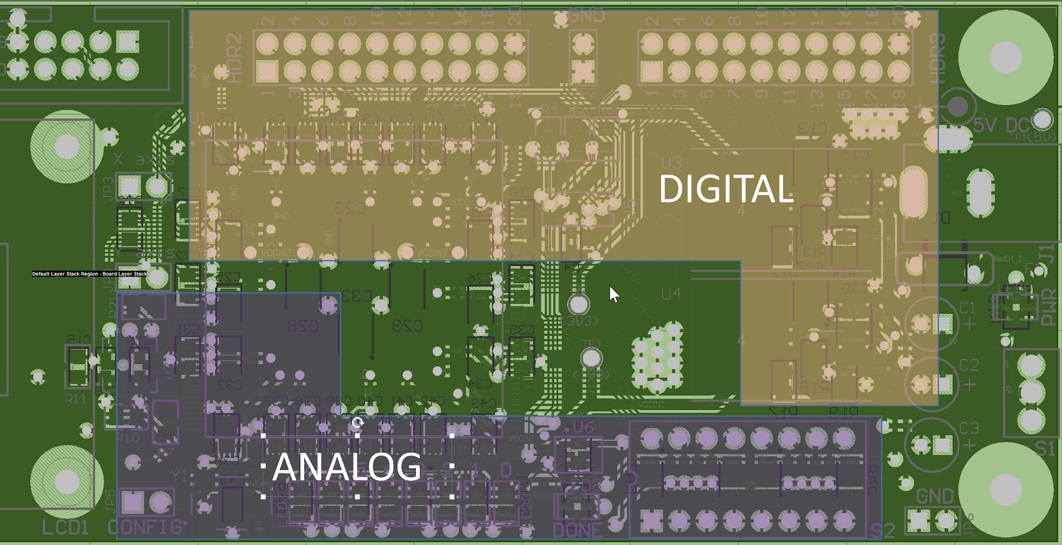How the Motherboard Powers Your Cell Phone
Cell phones have turned into a vital piece of modern life, offering advanced features that enable communication, entertainment, and productivity. At the core of every cell phone is a crucial component that organizes all its functions: the motherboard. Often referred to as the heart or brain of the device, the motherboard plays a central role in powering and managing the intricate operations of cell phones and tablets. This article explores how the motherboard powers your cell phone, diving deep into its architecture, components, and functions.
What is a Motherboard?
The motherboard, otherwise known as the mainboard or logic board, is a printed circuit board (PCB) that houses and connects all the critical components of a cell phone. It serves as a hub, facilitating communication between the processor, memory, sensors, display, and other parts. Unlike desktop motherboards, mobile motherboards are highly compact and specifically designed to fit into small devices without compromising functionality.
Key Parts of a Mobile Motherboard
System-on-Chip (SoC):
The SoC is the central component of the motherboard. It integrates the processor (CPU), graphics processor (GPU), memory controllers, and other essential functions onto a single chip. This integration allows for efficient performance and reduced power consumption.
Memory (RAM and Storage):
The motherboard includes slots for RAM (Random Access Memory) and storage chips. RAM handles the device's temporary data and active applications, while storage retains long-term data such as files and operating system components.
Power Management IC (PMIC):
The PMIC is responsible for regulating and distributing power to all parts of the motherboard. It ensures the device operates efficiently and prevents power-related issues like overheating or overcharging.
Sensors:
Various sensors like the accelerometer, gyroscope, proximity sensor, and ambient light sensor are integrated into the motherboard. These components enable features like screen rotation, gesture detection, and adaptive brightness.
Connectors and Ports:
The motherboard includes connectors for peripherals such as the display, camera, speaker, microphone, and charging port. These connectors ensure seamless interaction between hardware components.
Wireless Communication Modules:
Modules for Wi-Fi, Bluetooth, GPS, and cellular connectivity are embedded in the motherboard, enabling the device to communicate and access networks.
Cooling Mechanisms:
Although compact, some motherboards feature thermal management solutions, such as heat spreaders or small fans, to dissipate heat generated by the processor and other components.
How the Motherboard Powers Cell Phones
|
The motherboard powers your cell phone by coordinating the flow of power and data across its components. Here is a detailed explanation of its functions:
1. Power Distribution
When you connect your device to a power source or use its battery, the PMIC on the motherboard regulates the incoming power. It distributes the correct voltage and current to various components, ensuring optimal performance and preventing damage. The PMIC also manages battery charging, switching between direct power and stored energy seamlessly.
2. Data Processing
The SoC on the motherboard is responsible for executing tasks and processing data. The CPU handles computations, the GPU manages graphics rendering, and the memory controllers facilitate data access. By integrating these functions, the motherboard ensures the device operates smoothly, whether you’re browsing the web, playing games, or streaming videos.
3. Signal Transmission
The motherboard acts as a communication hub, transmitting signals between components. For instance, when you touch the screen, the digitizer sends a signal to the SoC, which processes it and triggers the appropriate response. Similarly, it manages data transfer between the camera module, storage, and display to capture and view images.
4. Sensor Integration
Sensors embedded in the motherboard provide critical input for various functionalities. For example, the accelerometer detects motion for fitness tracking apps, while the proximity sensor disables the touchscreen during calls. The motherboard processes data from these sensors and integrates it into the device’s operation.
5. Connectivity
Wireless communication modules on the motherboard enable connectivity features such as Wi-Fi, Bluetooth, and LTE. The motherboard ensures these modules work harmoniously, allowing you to browse the internet, share files, or make calls.
6. Hardware Coordination
The motherboard synchronizes the functions of hardware components. For instance, when you take a photo, it coordinates the camera sensor, flash module, and storage to capture and save the image seamlessly.
Challenges in Mobile Motherboard Design
Designing mobile motherboards involves addressing several challenges:
Miniaturization:
Cell phones require compact motherboards to fit into their slim profiles. Engineers use advanced techniques to reduce size without sacrificing performance.
Heat Management:
High-performance components generate heat, which can affect device longevity and performance. Effective thermal management is crucial.
Power Efficiency:
Cell phones rely on batteries, so motherboards must optimize power consumption to extend battery life.
Durability:
Mobile motherboards must withstand physical stress, such as drops and vibrations, while maintaining functionality.
Advances in Mobile Motherboard Technology
Recent advancements have revolutionized mobile motherboard design:
5nm Process Technology:
Modern SoCs are built using 5nm or smaller process nodes, enabling higher performance and lower power consumption.
Integrated AI Processors:
AI accelerators integrated into motherboards enhance tasks like image recognition, voice processing, and augmented reality.
Flexible PCBs:
Flexible printed circuit boards allow for innovative devices
Improved Thermal Solutions:
Techniques like vapor chambers and graphene cooling pads enhance heat dissipation in compact devices.
Conclusion
The motherboard is a critical component that powers and enables the functionality of your cell phone. By integrating various components and managing power, data, and signals, it ensures seamless operation and delivers the performance users expect. As technology continues to evolve, advancements in motherboard design will play a pivotal role in shaping the future of cell phones. Understanding how the motherboard works provides insight into the complex engineering that drives modern cell phones and tablets.










0 comments:
Post a Comment